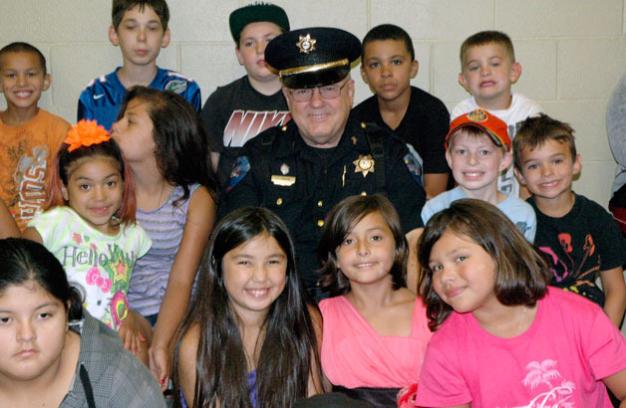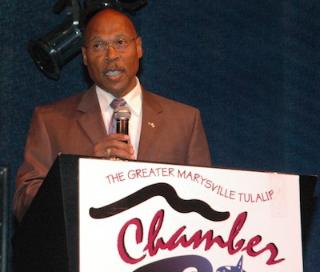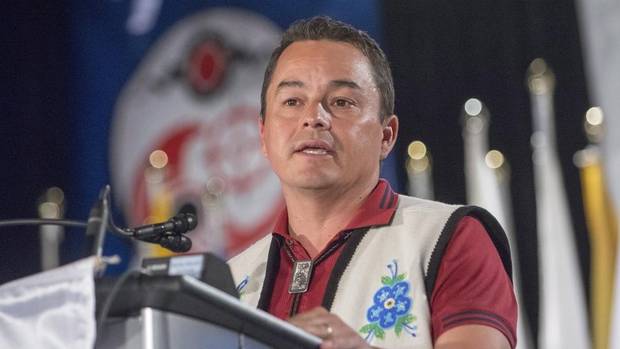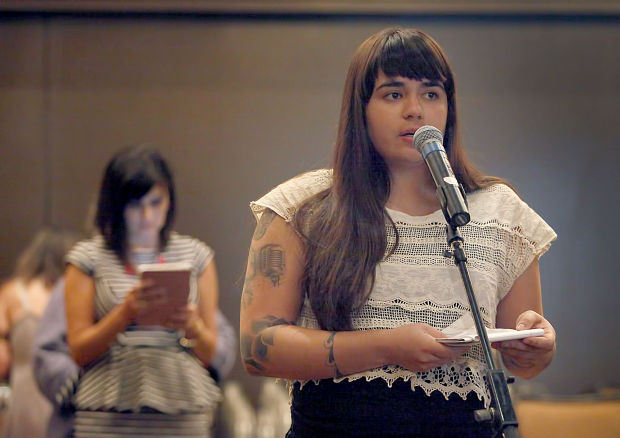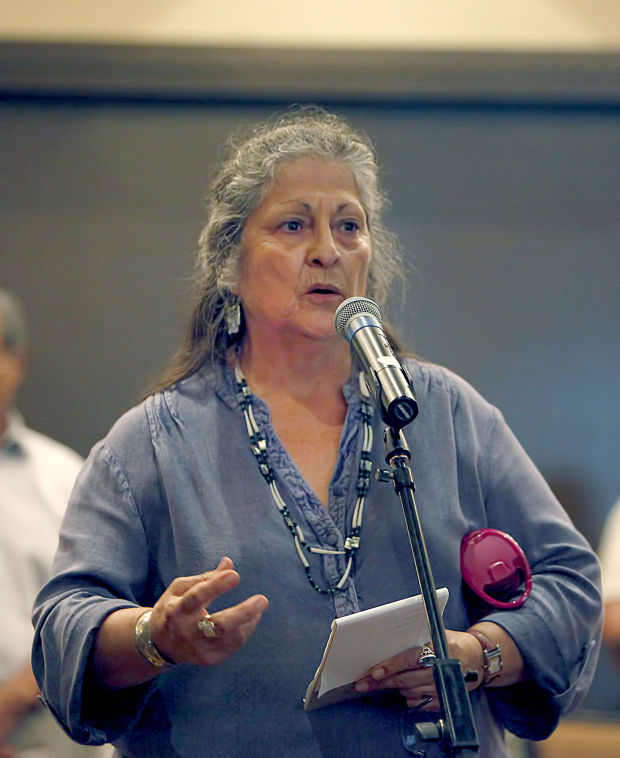Rob Capriccioso, Indian Country Today Media Network
At the beginning of the Obama administration, there was major hope from Indian education advocates that Native-friendly policies could be enacted that would shift the federal focus from rigid criteria-based testing to making sure Indian students were actually succeeding in culturally relevant ways. After five years, hopes have waned, and protecting the status quo has become the next best option.
In 2009, the first year of President Barack Obama’s two terms, Natives had just experienced a tough 8-year stretch under the George W. Bush administration’s famous No Child Left Behind regime, where federal dollars were spent beefing up testing standards, and states—not tribes—were charged with leading the efforts.
Native culture, learning methods, and tribal language development were largely not on the minds of federal policy makers when the law was passed, nor on the minds of many state officials who had to implement the plan. Major opportunities to address the needs of Indian children were missed, lamented a plethora of tribal advocates. Test scores, some which showed Indian students scoring very low on the new standardized testing, soon proved that something was amiss.
With Bush gone and the No Child Left Behind Act, otherwise known as the Elementary and Secondary Education Act (ESEA), coming up for reauthorization, Indian educators worked feverishly in the early Obama years to ensure their goals were met. Congressional briefings were held, White House connections were established, and Indian advocacy organizations got their messages out to the major education players.
There were early successes. Arne Duncan, the sole education secretary under the Obama administration to date, made contact, and he continues to do some major outreach to tribes to better understand their concerns. William Mendoza was appointed director of White House Initiative on American Indian and Alaska Native Education in late-2011, and he has since admitted that federal bureaucracy has been too siloed in addressing Indian education needs—that there needs to be greater coordination between tribes and the Departments of the Interior and Education and Health and Human Services (a point Indian educators have long been making).
But the successes have been small, funding cuts have occurred under federal sequestration, and the ESEA has still not been reauthorized. Gridlock in Congress is one reason. Another, education experts from both political parties agree, is because Obama issued waivers to some of the parts of the Bush program that state educators disliked most, so a push for major reform ended up being sidelined.
“It’s been a recipe for protecting the status quo—that hasn’t been a great thing for Native students,” said Quinton Roman Nose, director of the Tribal Education Departments National Assembly.
“The reauthorization of the ESEA is way past due because the Obama administration has had problems building a consensus to get it done,” he assessed.
“Frustrated” is the best word to describe Native educators who have concurrently been forced to fend off further cuts proposed by Congress, Roman Nose said.
For instance, last week Rep. Don Young (R-Alaska) received credit for amending H.R. 5, the Student Success Act, to prevent major reduction in funds and initiatives for American Indian and Alaska Native and Native Hawaiian students. RELATED: Critical, Last-Minute Save For Indian Education
It was a success that leaders with the National Indian Education Association were forced to grit their teeth through. While celebrating the fact that more money wasn’t taken away, NIEA President Heather Shotton noted in a statement that the organization “does have strong concerns about H.R. 5 overall because it does not include our education priorities.” Those education priorities include strengthening tribal participation in education, preserving and revitalizing Native languages, providing tribes with access to the student records of tribal citizens, encouraging tribal-state partnerships, and equitably funding the Bureau of Indian Education. In other words, the same priorities that haven’t been acted on for years.
NIEA also wanted to make clear that it was not Young alone who protected Indian education. “[T]he story behind the passage of the amendment is one that really includes the work of Native organizations such as NIEA and tribes, who worked tirelessly for its passage,” said spokesman RiShawn Biddle, noting also that the amendment was offered by Young, as well as Reps. Tulsi Gabbard (D-HI), Colleen Hanabusa (D-HI), and Betty McCollum (D-MN).
No matter who received the credit, a cut was avoided, but how to move forward to get the real priorities addressed?
The message, for now, seems to be the same as it was at the beginning of Obama’s tenure: “We look forward to working with all congressional leaders, as well as with the Obama administration, on crafting a new version of the No Child Left Behind Act/Elementary and Secondary Education Act that advances equity for our American Indian, Alaska Native, and Native Hawaiian children,” Shotton said in a statement. RELATED: No Child Left Behind Act: A Bust in Indian Country
Read more at http://indiancountrytodaymedianetwork.com/2013/07/25/indian-education-bold-plans-protecting-status-quo-150586





